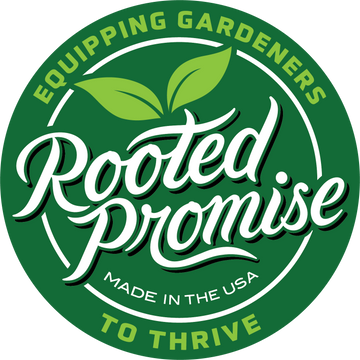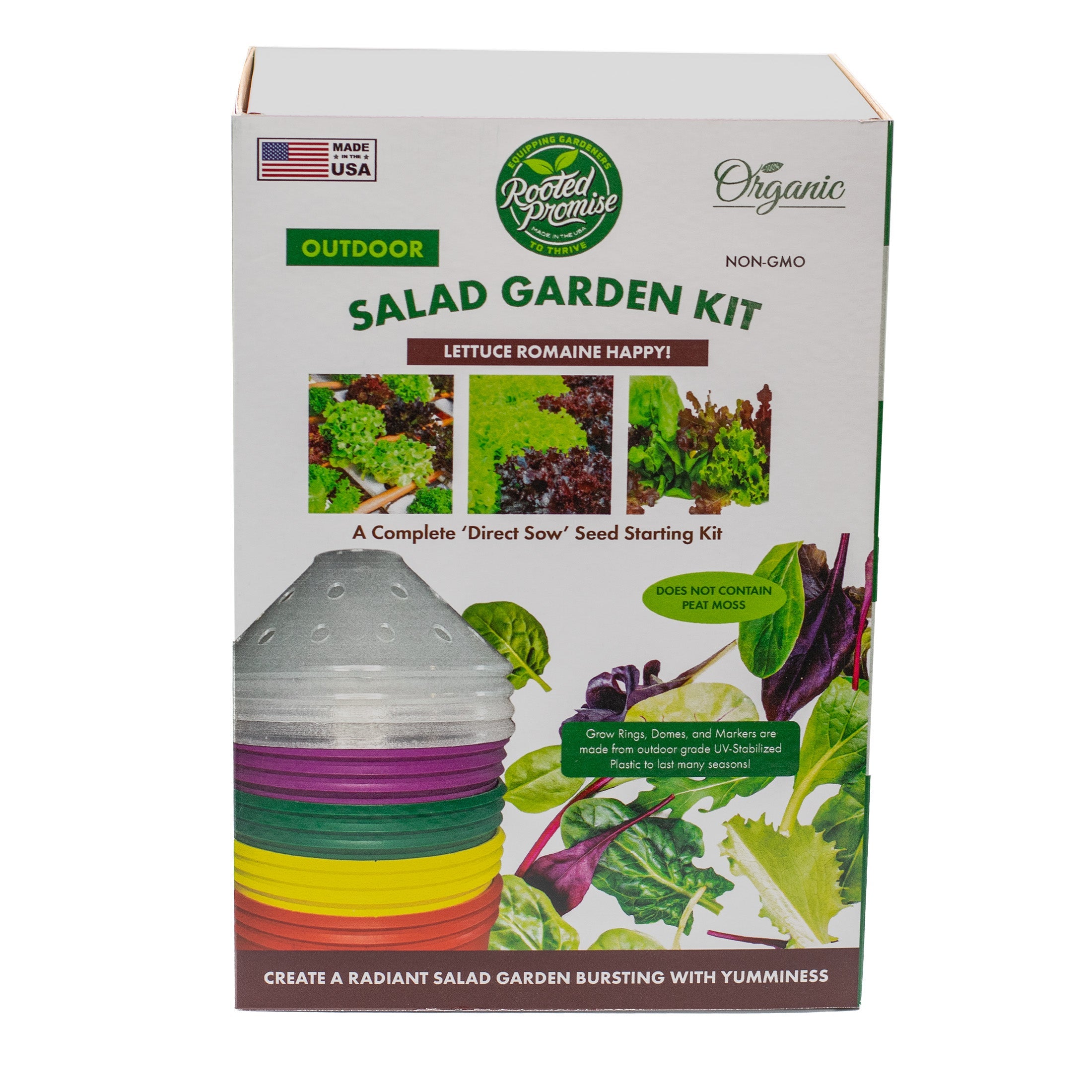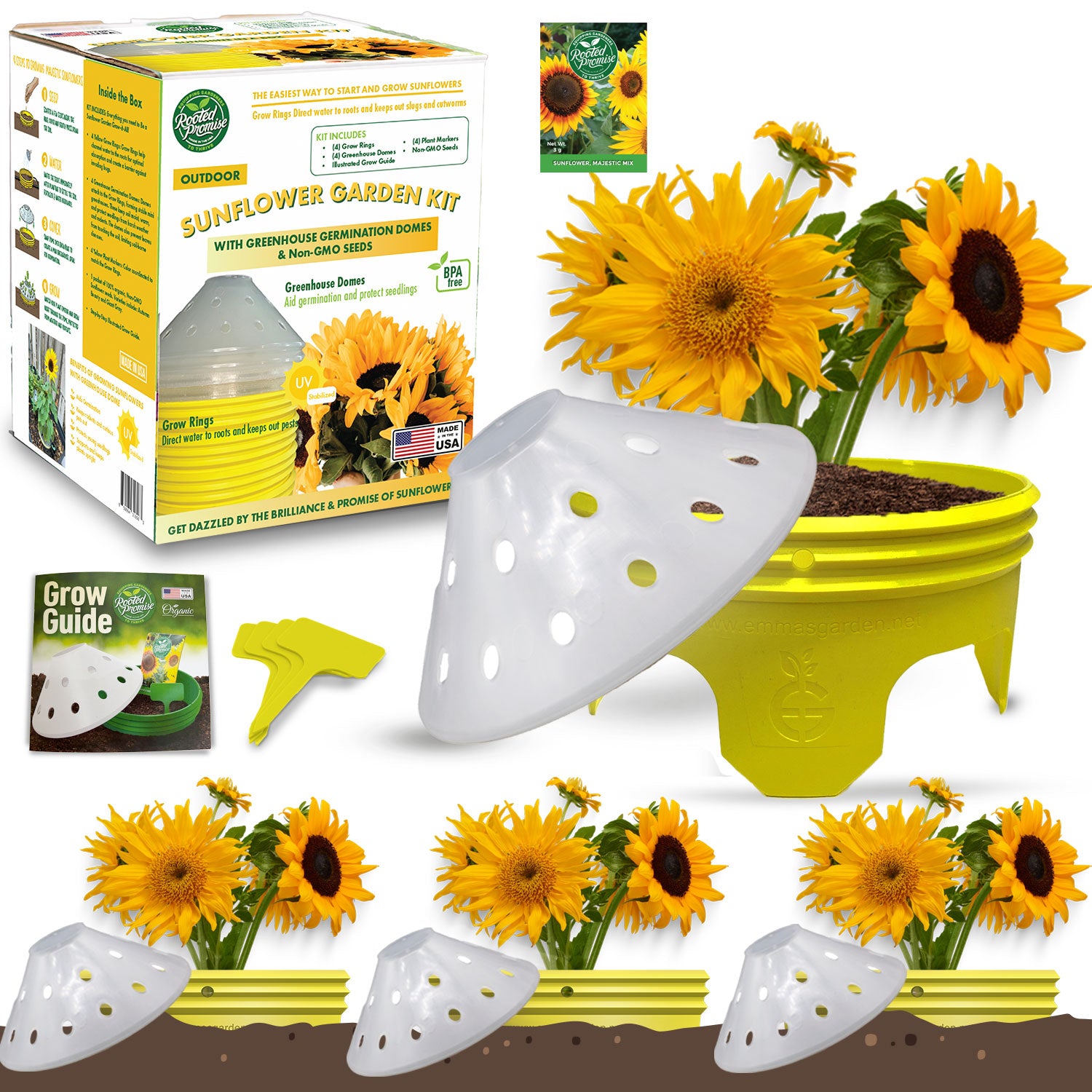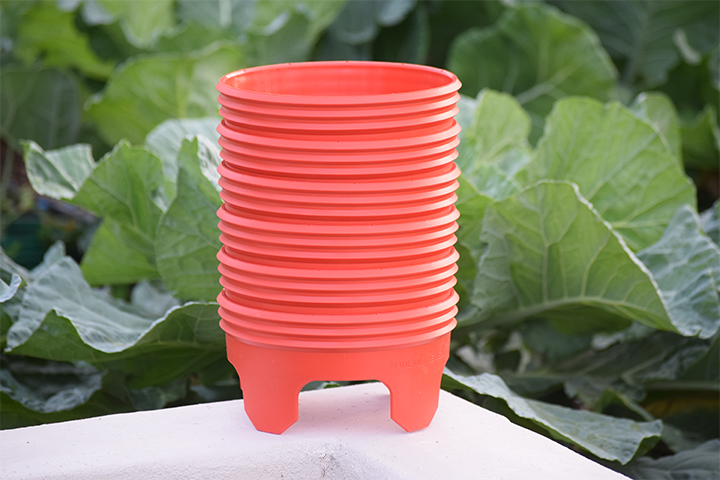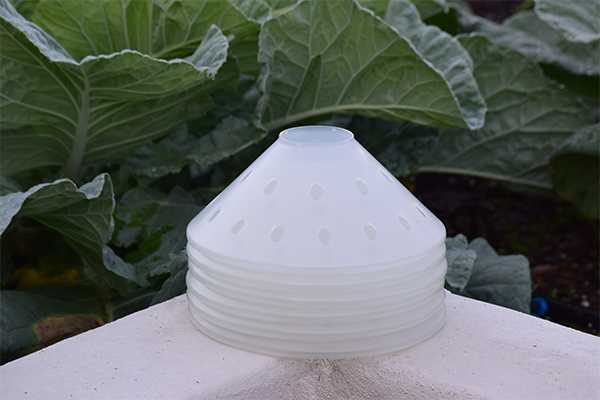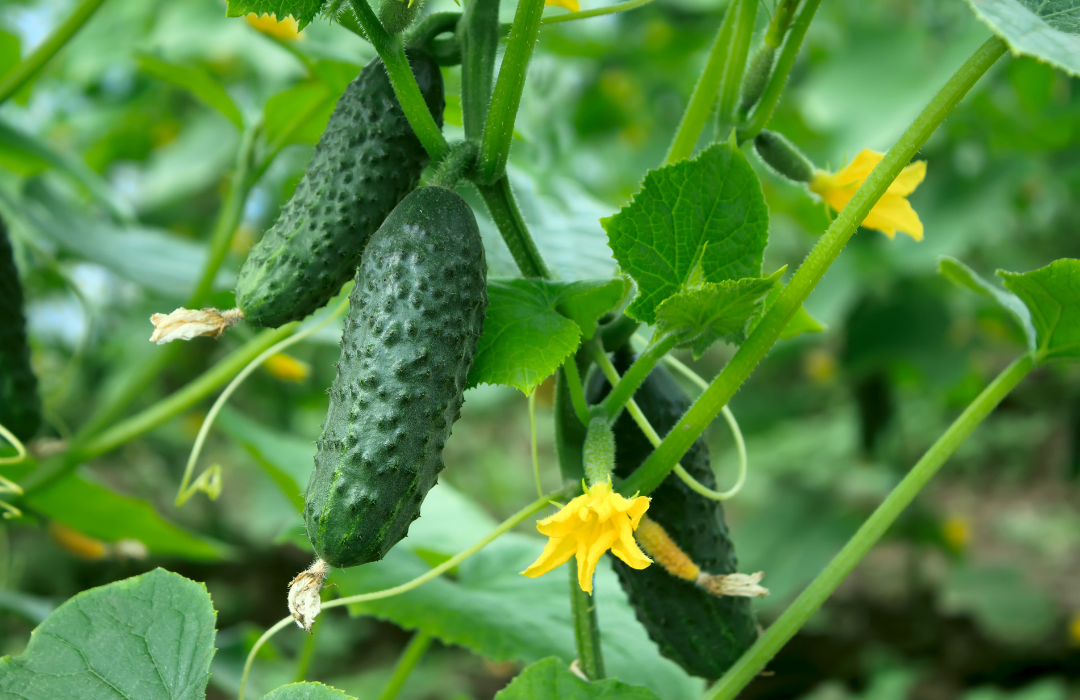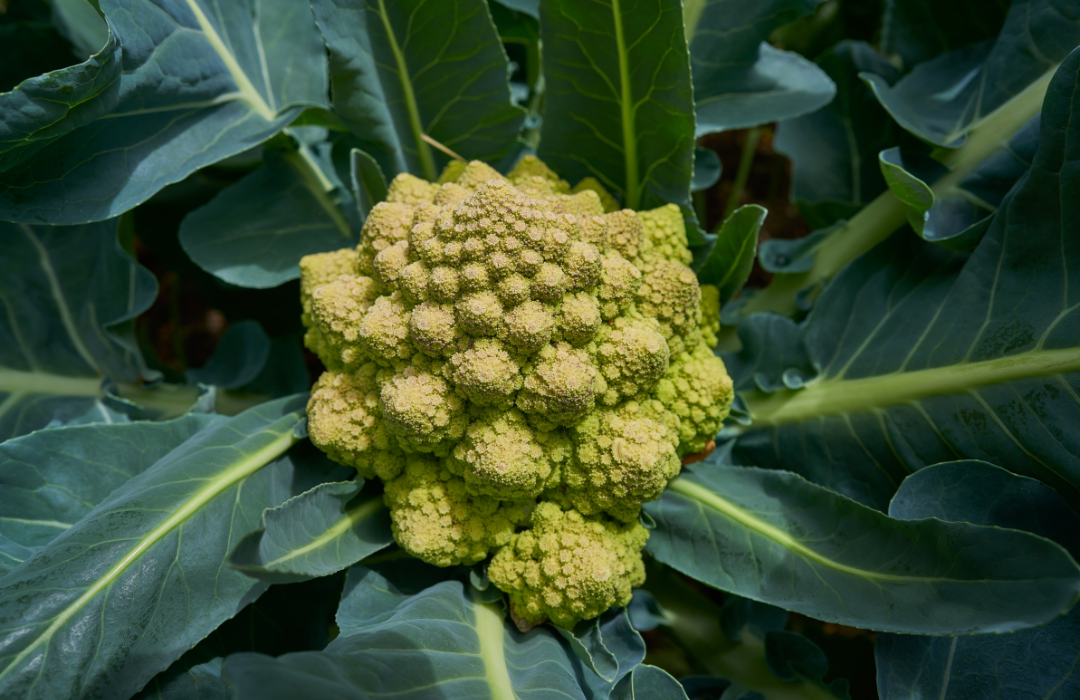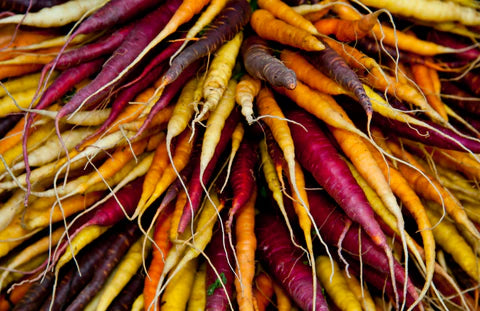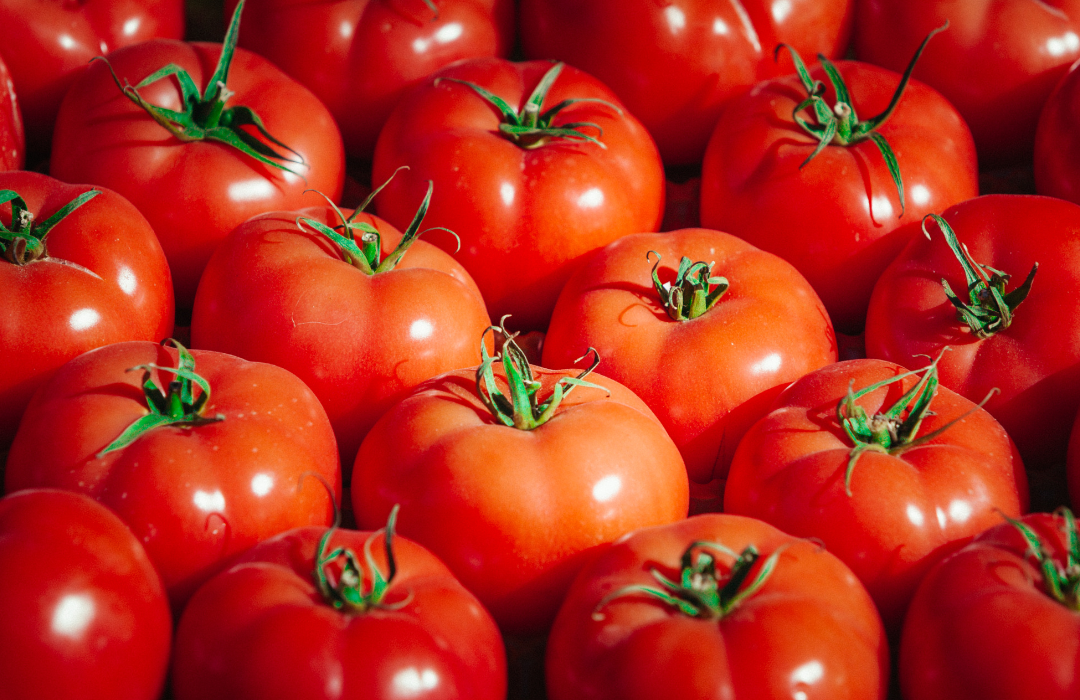Introduction
Among the rows of green, a hidden treasure lies beneath: the humble carrot. But how do you know when these vibrant orange delights are ready to emerge from their underground sanctuary? Understanding the perfect moment to harvest carrots can elevate your gardening prowess and ensure that your efforts bear the sweetest fruit. This guide will walk you through the signs, tips, and techniques to determine when your carrots are ready to be picked.
Understanding Carrot Growth Stages
Visual and Tactile Signs
The Role of Weather and Soil
Harvesting Techniques
Common Mistakes to Avoid
Key Takeaways
FAQs
Conclusion
Understanding Carrot Growth Stages
Carrots don't just sprout overnight; they undergo a series of growth stages much like a coming-of-age story. From tiny seedlings to robust roots, each phase offers clues about their readiness. Typically, carrots take about 70 to 80 days to mature. The journey begins with germination, where seeds sprout into tender leaves. Next, the roots start to develop, gradually growing thicker and longer.
Germination and Early Growth
During the first few weeks, focus on ensuring proper soil moisture and temperature. Did you know that carrots prefer cooler temperatures between 55°F and 75°F? This stage can be likened to a baby taking its first steps—fragile yet full of potential.
Maturation
As the carrot nears maturity, it begins to form its signature bright orange hue which is when your carrot's flavor and texture peak.
Visual and Tactile Signs
Knowing when carrots are ready requires a keen eye and a gentle touch.
Top of the Carrot
Examine the tops peeking out from the soil. When they reach about 1/2 to 3/4 inch in diameter, it's a good indication they're mature.
Leaf Color and Health
Healthy, vibrant green leaves often signal a ready root. Wilted or yellowing leaves can suggest that your carrot is past its prime.
Tug Test
Gently tug on the carrot top. If it resists slightly but doesn't break, it's likely ready for harvest.
The Role of Weather and Soil
Carrots are like wine; their quality can be influenced by their environment. The soil's texture and weather conditions play pivotal roles in determining their readiness.
Soil Composition
Loose, well-drained soil allows for easier root expansion. Compact soil can stunt growth, much like tight shoes cramping your feet.
Weather Conditions
Cooler temperatures enhance carrot sweetness, akin to how a fine wine develops complexity over time. Avoid harvesting during extreme heat or cold snaps for optimal taste.
Harvesting Techniques
The moment has arrived—your carrots are ready for their debut! Proper harvesting techniques ensure that you preserve their integrity and flavor.
Tools Needed
A garden fork or spade is essential. Your tools will help unearth your carrot treasures without damage.
Step-by-Step Harvesting
1. **Loosen the Soil**: Use your garden fork to gently loosen the soil around the carrot. 2. **Pull Gently**: Grasp the carrot tops firmly and pull straight up. 3. **Inspect**: Examine each carrot for signs of pests or disease before storing them.
Common Mistakes to Avoid
Even seasoned gardeners can make errors. Here are common pitfalls to watch out for: - **Harvesting Too Early**: Just like picking a green banana, immature carrots lack flavor. - **Overcrowding**: Ensure adequate spacing to allow for root expansion. - **Ignoring Soil Quality**: Poor soil can lead to misshapen or stunted carrots.
Key Takeaways
- Carrots typically take 70-80 days to mature. - Look for signs like top diameter and leaf color. - Loose soil and cool temperatures enhance quality. - Proper tools and techniques ensure successful harvesting.
FAQs
**Q: How can I store harvested carrots?** A: Store them in a cool, dark place with high humidity, like a root cellar or refrigerator crisper drawer. **Q: Can I leave carrots in the ground over winter?** A: Yes, in milder climates, you can mulch heavily to protect them from frost. **Q: What if my carrots are small and underdeveloped?** A: It could be due to poor soil quality or insufficient thinning during growth.
Conclusion
Harvesting carrots is an art and science combined. By paying close attention to growth stages, visual cues, and environmental factors, you'll become adept at knowing when your carrots are ready to be picked. Ready to dig deeper into gardening wisdom? Visit the [US Department of Agriculture](https://www.usda.gov/) for more expert tips! Happy harvesting!
